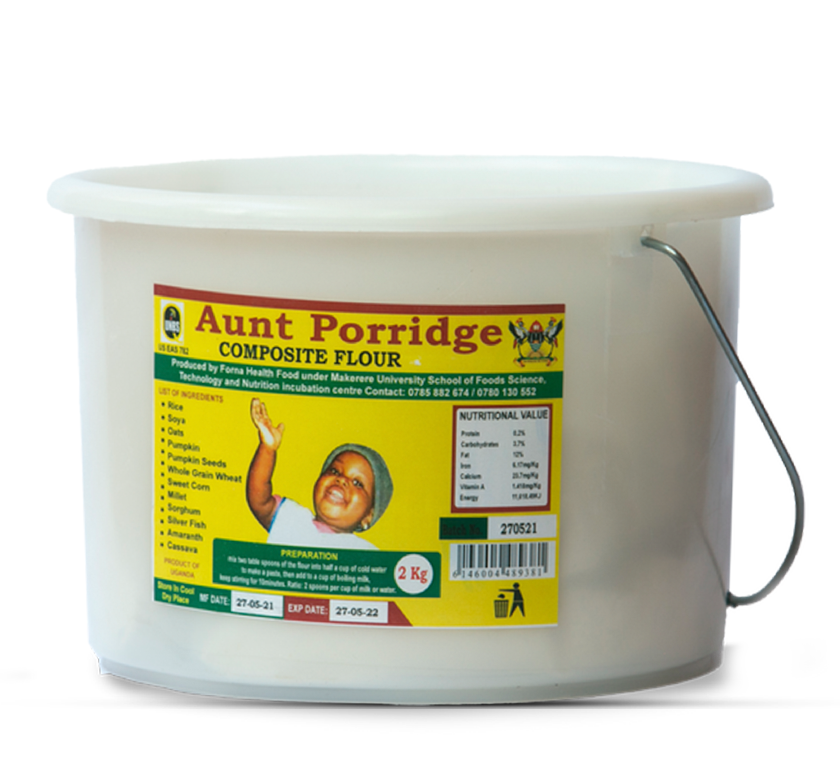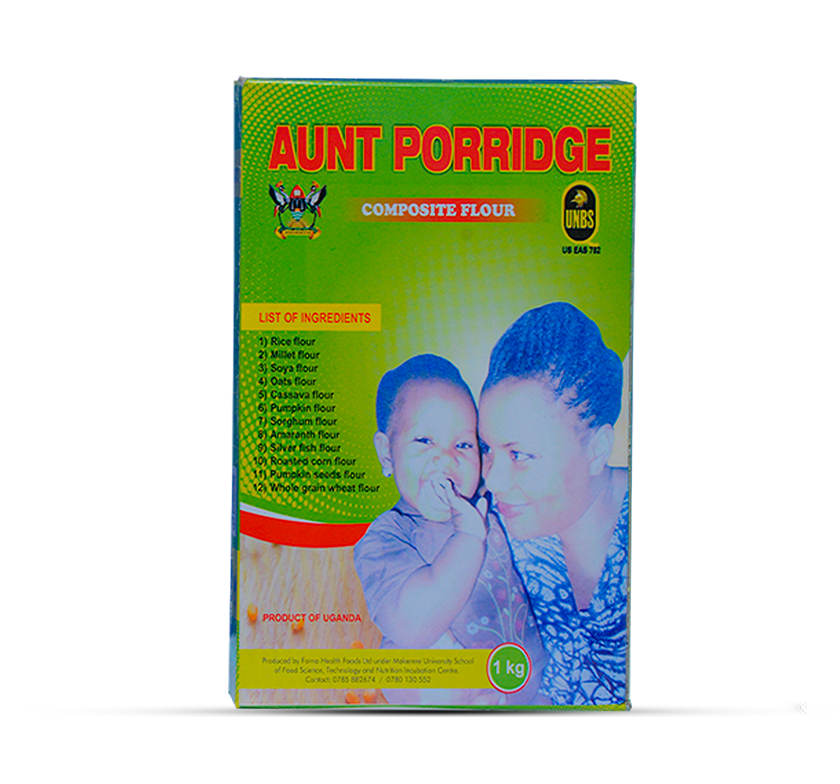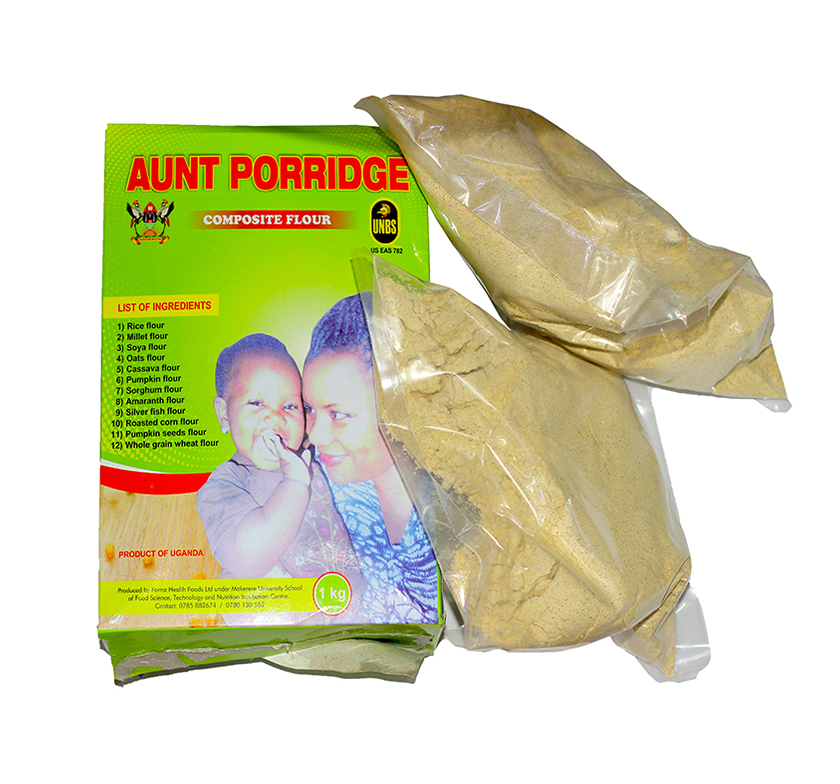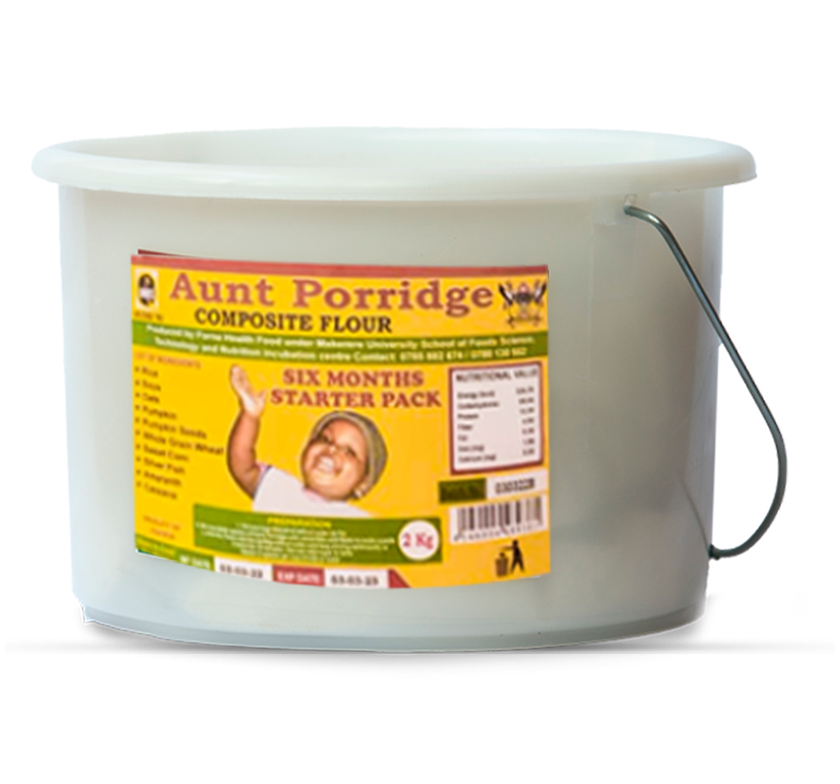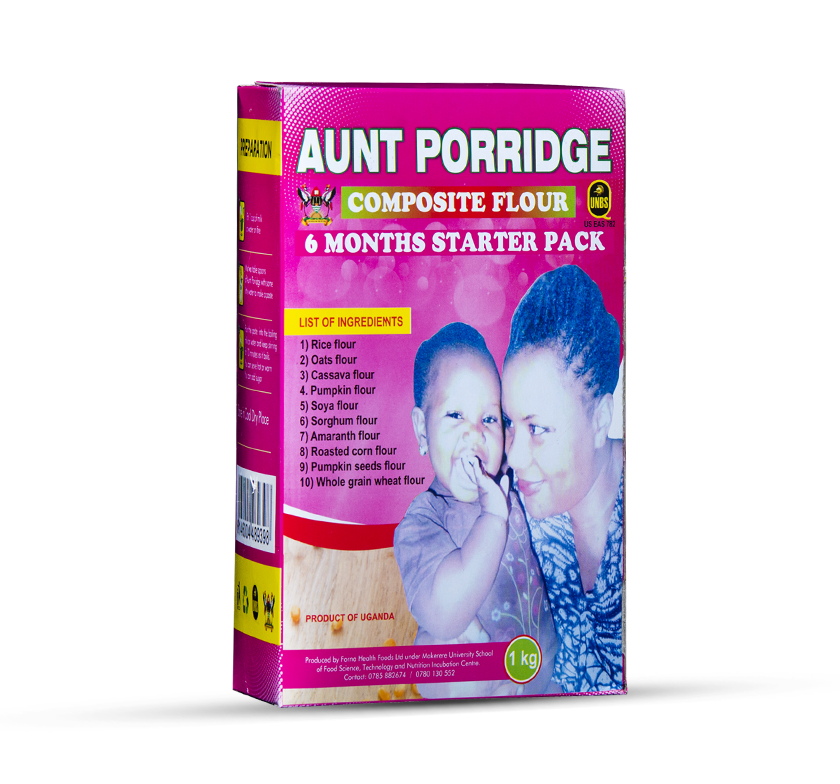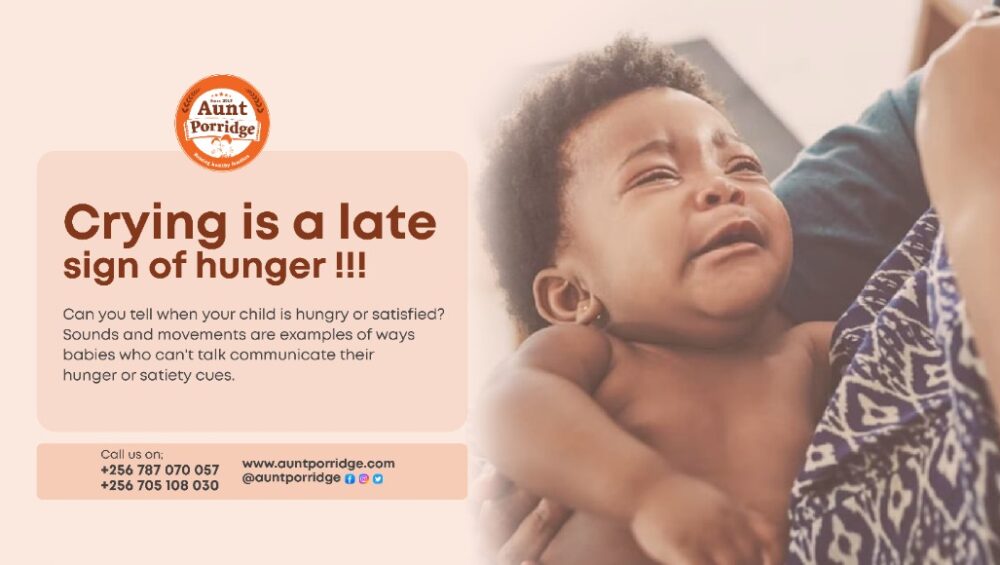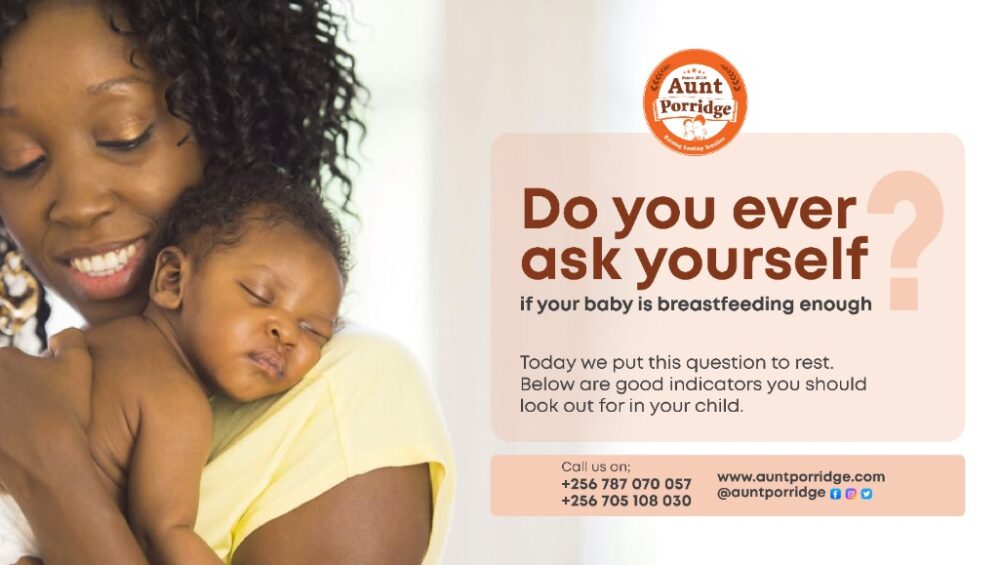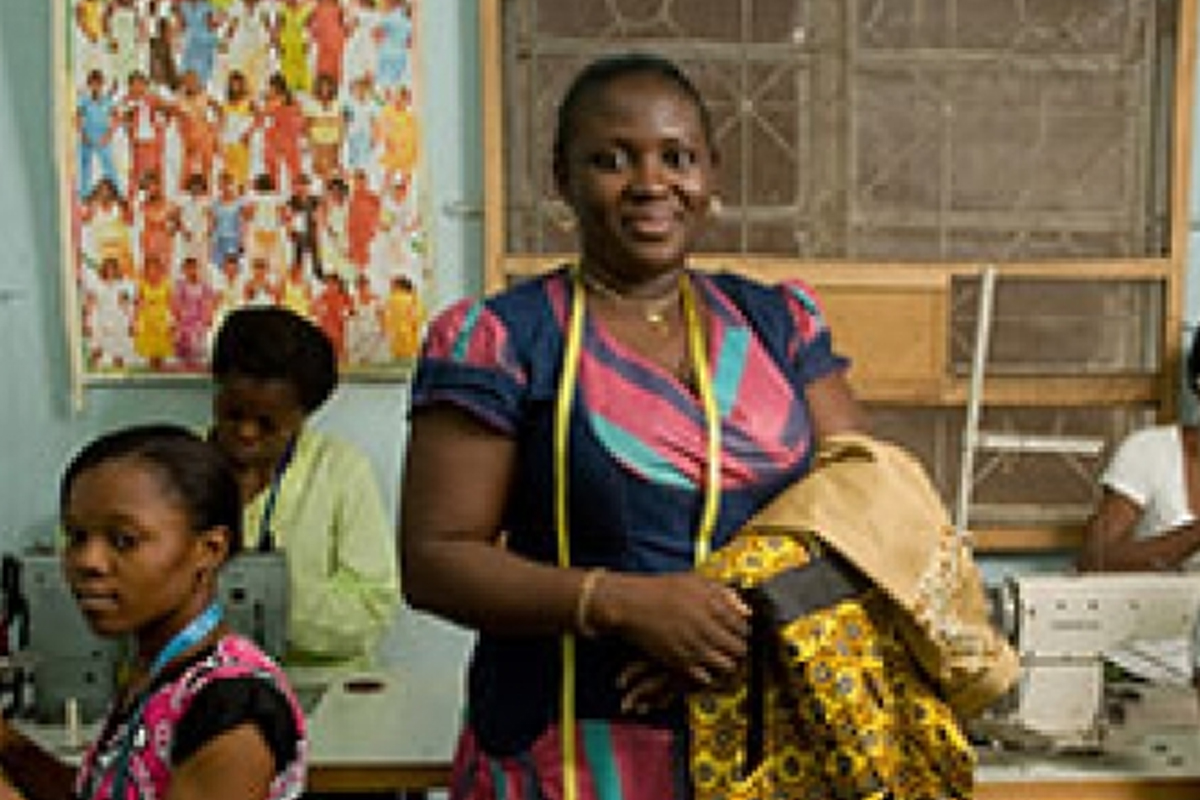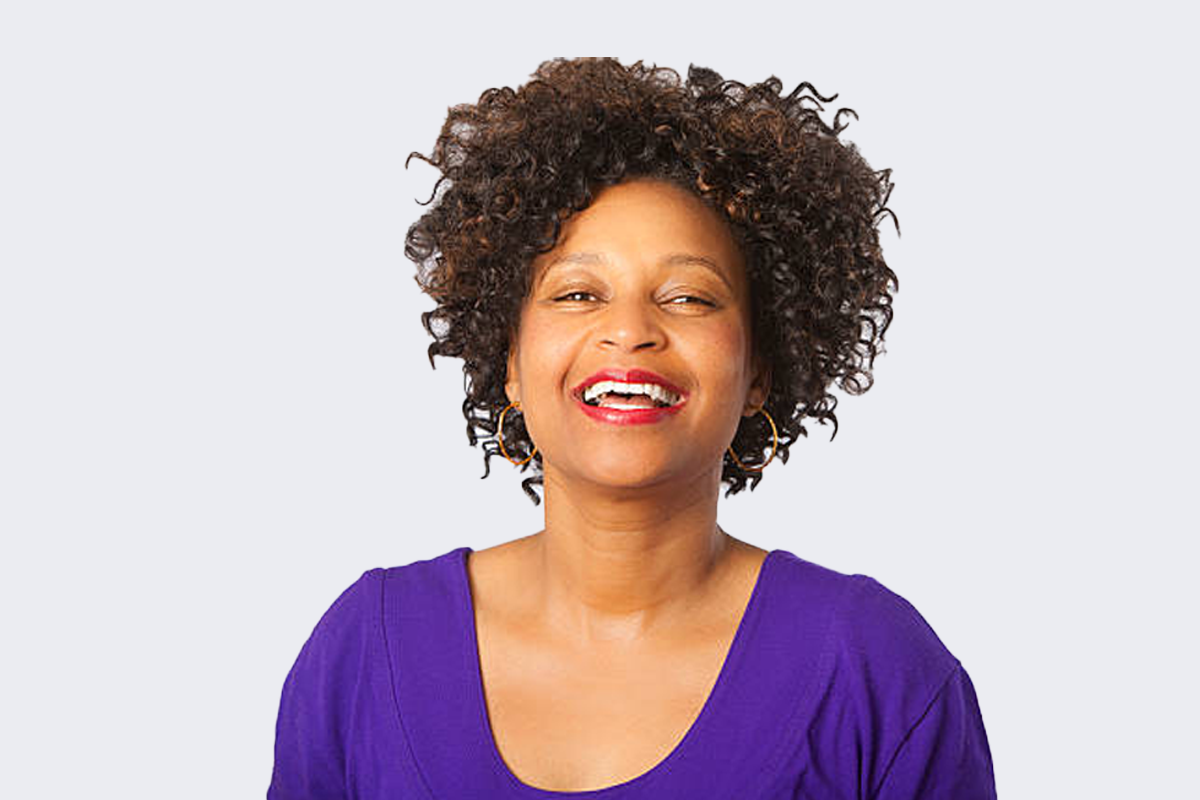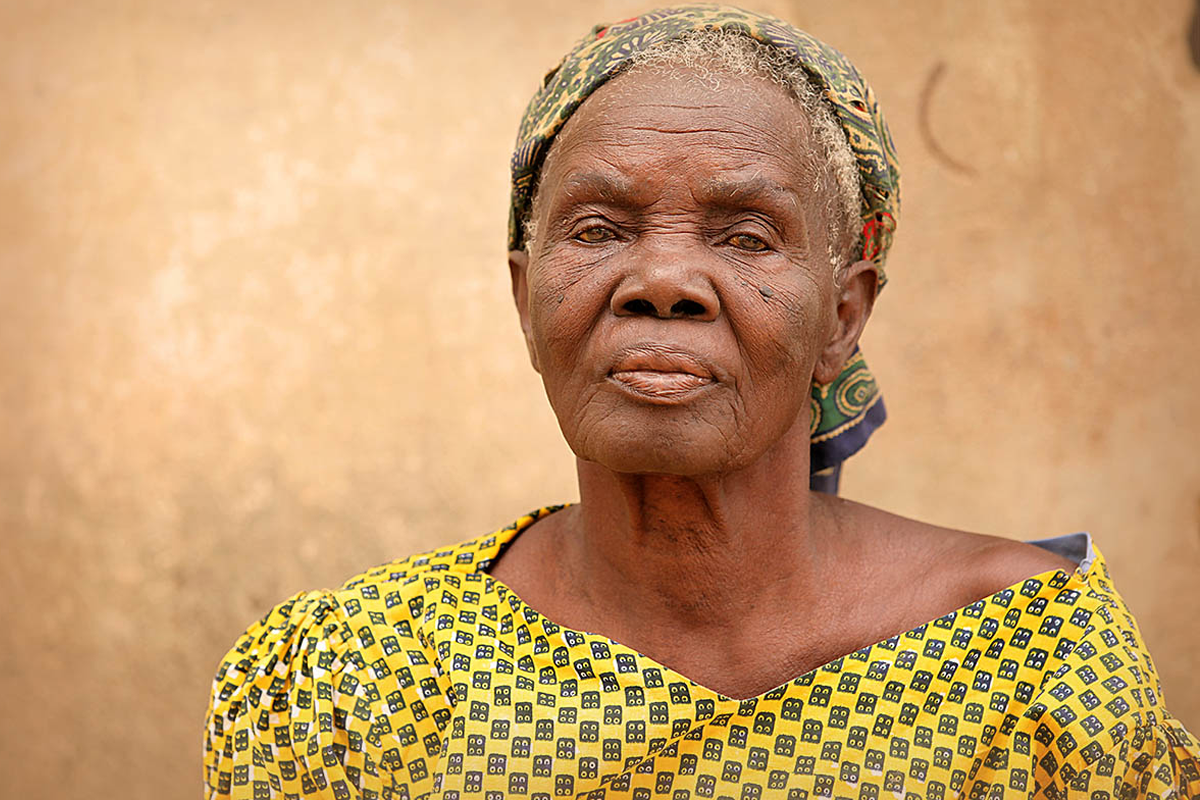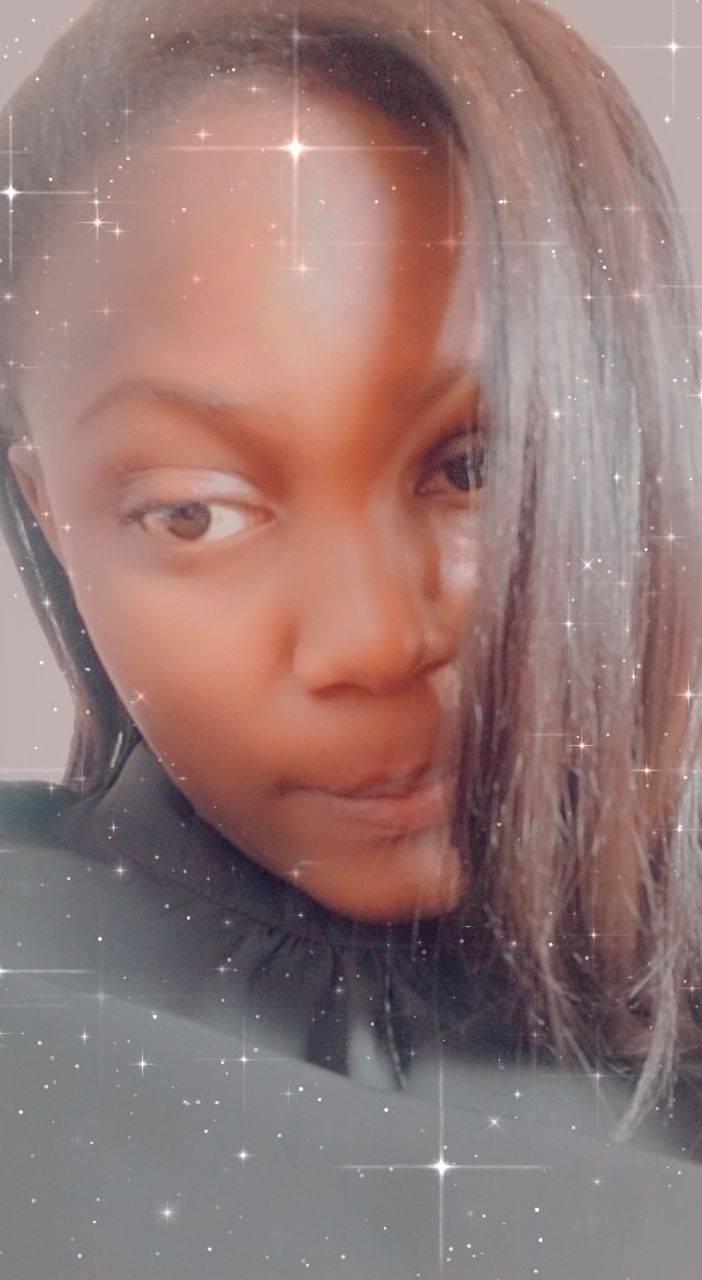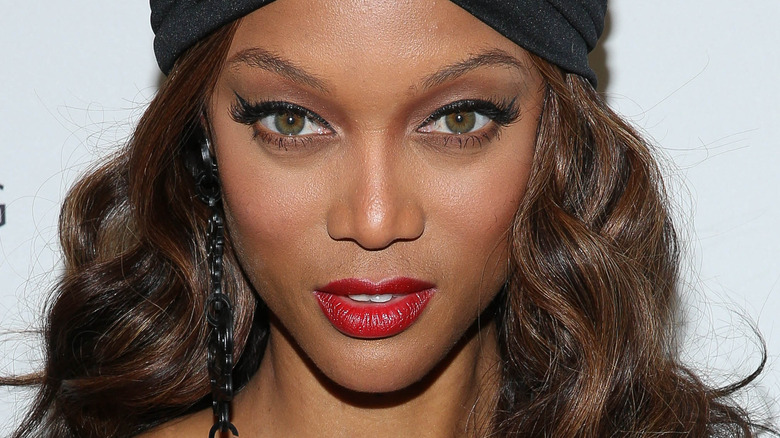In Nutrition Tipsby auntuser
Boosting your child’s immune system is an everyday thing.
Just having supplements or drugs is not enough. A child needs an all round healthy lifestyle. We may not avoid our children from falling sick because they may come into contact with germs, viruses, bacteria and organisms anywhere and everywhere . The good news is we can reduce the severity of the illness and the number of times your child falls sick. Here are a few ways you can boost their immune system;
- Get your child our aunt porridge. We have made a blend of carefully combined foods which just get your child’s immune system sky rocketing 🤗. I mean 10-12 ingredients in 1kg is a big investment in immunity.
- Serving plenty and I mean plenty of fruits and vegetables daily.
- Let your child have quality sleep. Sleep deprivation can make your child susceptible to illnesses by reducing natural killer cells which are the ”body guards” of our immune systems.
- Breastfeed your baby. We all know breastfeeding is important for all children. Yes and I am re-echoing it again, find a way of making it work. Luckily, a nutritionist is on board to help you with this. Utilize this opportunity.
“the more you intentionally boost your child’s immunity, the less trips you will make to the hospital- plus your saving “
Dietician /Nutritionist Aunt Porridge
Recommended products
-
UGX 23,000 – UGX 450,000Select options This product has multiple variants. The options may be chosen on the product page
-
UGX 11,000 – UGX 210,000Select options This product has multiple variants. The options may be chosen on the product page
-
UGX 11,000 – UGX 220,000Select options This product has multiple variants. The options may be chosen on the product page


